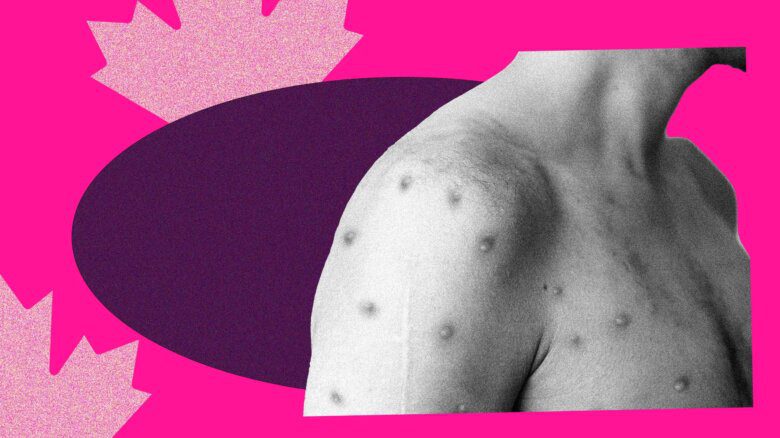For many transgender people in Toronto, and even across the world, the Dec 15, 2015, announcement that the Centre for Addiction and Mental Health (CAMH) will be shuttering its Gender and Identity Clinic (GIC) for youth was a long-time coming.
The work done at the GIC has had an outsized influence, primarily because of founder Susan Bradley, and Kenneth Zucker, who, up until very recently, led the clinic. Bradley led the subcommittee on gender disorders for the DSM-IV — the fourth iteration of the American Psychiatric Association manual used to diagnose and classify mental disorders — while Zucker was the chair of the sexual and gender identity disorders workgroup for the DSM-V. These positions gave them a leadership role in how gender identity is viewed by medical practitioners around the world.
For over a decade, the GIC has been subject to intense criticism from transgender rights advocates and other medical professionals who viewed the clinic’s work as old-fashioned or even damaging.
An external review of the GIC, commissioned by CAMH itself, produced a report that is likely to resonate beyond Toronto. Here are a few of the main things to take away from it.

1. CAMH may have been conversion therapy
This entire review was prompted by concerns that CAMH was practicing conversion therapy. The term has historically referred to medical interventions to try and turn a gay person straight, but in this case, the accusation was that CAMH was forcing trans and gender-variant young people to present as cisgender.
The two doctors who wrote the external review just about confirmed that the practices used by GIC clinicians would count as conversion therapy.
“We cannot state that the clinic does not practice reparative approaches (if not outright therapies) with respect to influencing gender identity development,” the report reads.
This is important because not only has conversion therapy — also known as reparative therapy — been proven ineffective, but is illegal to conduct on children in Ontario. Earlier this year, Queen’s Park passed the Affirming Sexual Orientation and Gender Identity Act into law, which states that no one shall “provide any treatment that seeks to change the sexual orientation or gender identity of a person under 18 years of age.”
2. Young people were put in awful, uncomfortable and damaging situations
On top of detailing how the clinic tried to steer patients away from their gender identities, the report documents a general atmosphere of intimidation and a number of instances of serious mistreatment. Here are some excerpts:
-
“[A former client] recall being unclear and confused about the process, the use of questionnaires, IQ tests and being told by Dr Zucker that ‘I was too smart to be trans.’”
-
“One former client, now an adult trans man, alleged that Dr Zucker asked him to remove his shirt in front of other clinicians present, laughed when he complied, and then referred to him as ‘hairy little vermin.’”
-
“Assessments are described as intrusive and even traumatic by some, who described feeling ‘poked and prodded.’”
-
“Parents of younger clients report their child appearing to be and later reporting feelings they were very uncomfortable with the way they were asked about their gender variance “as if my child was not okay as a person”
-
“A nine-year-old patient [was] asked about what made him sexually excited during his first meeting with a clinician in the initial assessment. This was a client with a particular vulnerability from trauma and in foster care.”
-
“Patients reported feeling intimidated to question Dr Zucker regarding their concerns and were not offered the opportunity to decline.”
-
“One person stated that the pictures were also taken with a cell-phone, which made them feel quite concerned about the possible dissemination of these photos.”
-
“One patient’s parent reported being ‘encouraged not to give into that’ when their child insisted on wearing underwear of opposite-to-birth-gender.”
3. Parents had too much power
When a child is undergoing medical care, they are the patient and doctors are obligated to do what’s in their best interest. However, the report makes clear that at GIC, the concerns of parents about their children’s gender identity were often put ahead of what the best medical decision for the child might be.
This is especially an issue for children who are gender-variant, as some parents might harbour transphobic views.
The consequences of these decisions could be severe. The report details one instance when an older teenager was not referred for gender-affirming hormones because their parent disapproved.
Of eight former GIC clients that had very positive feedback about their experiences with the clinic, seven of them were the parents of patients — only one was a former patient.
4. The GIC’s methods were outdated and ignored modern research
The investigators pointed out that while the research and societal understanding around gender identity have evolved over the last 30 years, the GIC had maintained more or less the same approach.
Play therapy was allegedly utilized heavily, even though it is not currently seen as effective, evidence-based treatment for gender issues. Cognitive behavioural therapy was found to be used improperly.
The report points out that even the clinic’s own research was ignored when dealing with patients.
5. CAMH says that it’s acting in good faith
The fact that CAMH was willing to do an external review, and then release that to the public, is a good start. Dr Kwame McKenzie, the medical director for underserved populations at CAMH, has been making the rounds in the media, apologizing for the fact that not all of the practices within the GIC were up to standard.
For the many people that have been calling on CAMH to change over the last decade, these acknowledgements are much too late. But the fact that Kenneth Zucker is no longer with CAMH helps to lay the groundwork for renewal.
McKenzie says that consultations for what will come next will be broad, and the trans community will be asked for guidance and input. He claims that the outcome isn’t predestined, and that CAMH is genuinely looking for change. This report was a good start; winding down the GIC is a practical step forward. But the hard work will come with actually building services that can adequately address the needs of trans and gender-variant youth in Ontario.

 Why you can trust Xtra
Why you can trust Xtra


